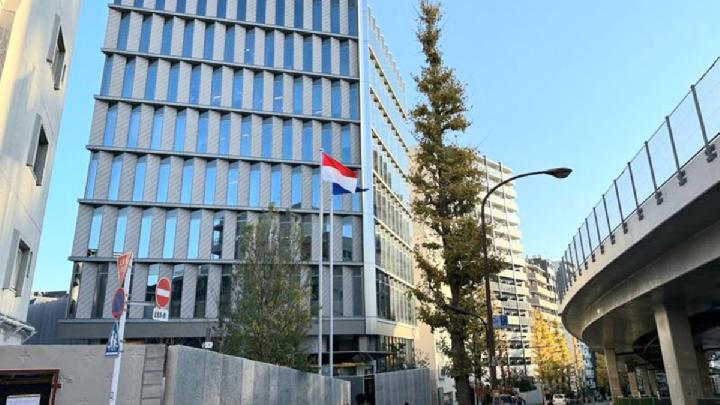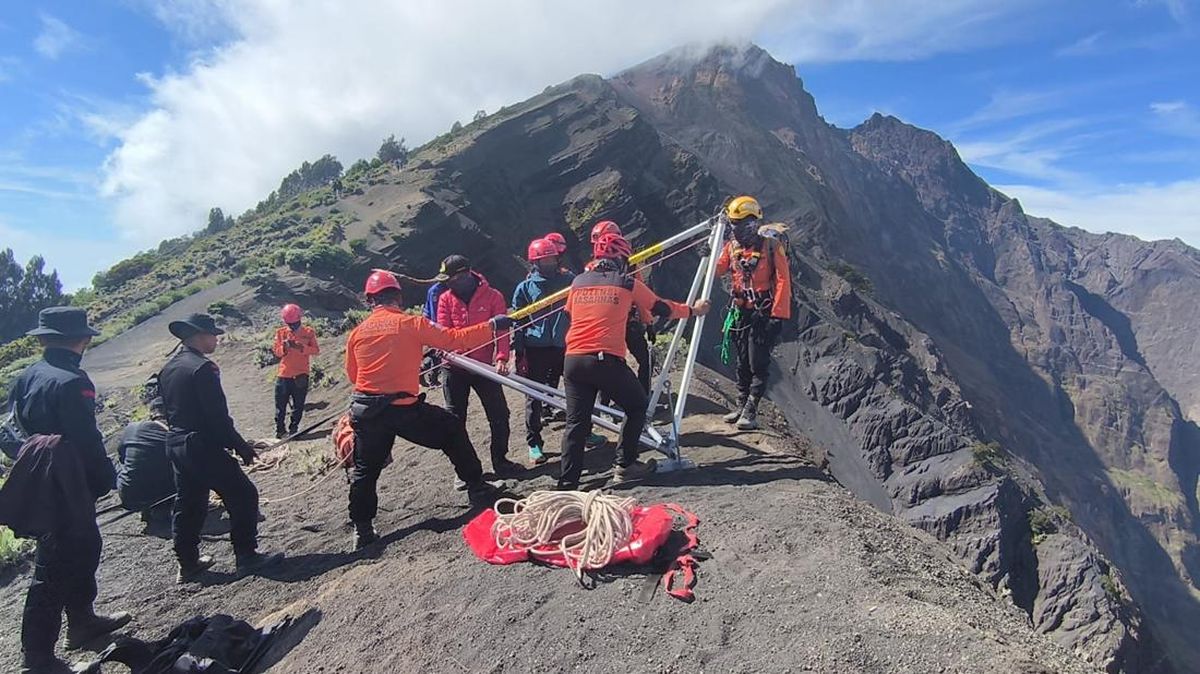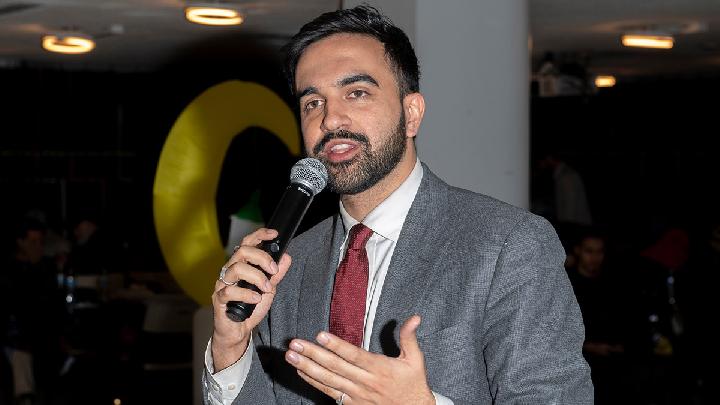In June, Mail Sport published exclusive stories highlighting concerns over the future of two of the most popular sports in Scotland: tennis and rugby. And with the likes of Judy Murray raising the alarm, such warnings are impossible to ignore. In our new series, State of the Nation, our reporters turn the spotlight on some of the biggest sports in this country for a health check. We’re not just looking for what’s going wrong — it’s important to highlight what’s going right, as well. Here, we take a look at golf...
As the undisputed Home of Golf, Scotland will always enjoy a place at the game’s top table.
Boasting so many of the world’s top courses, as well as a world-class talent in Robert MacIntyre, the professional game is in fairly rude health.
That is reflected in the cast of global superstars who recently teed it up at The Renaissance for the Scottish Open. It’s now an A-list tournament.
Scotland can also boast several other winners on the DP World Tour in recent years, such as Ewen Ferguson, Connor Syme, Calum Hill and Grant Forrest.
But what about the grassroots game? How many people are actually playing golf in Scotland? Is it affordable and accessible?
What are the pressures facing golf clubs across the country and how is the sport reacting to the rise of virtual golf and simulators?
While there are positives, there is work to be done across Scottish golf
Grassroots
The biggest issue that golf faces centres around cost and accessibility. Quite simply, the game is now more expensive than ever due to the rising costs of equipment and memberships.
If we are talking about the top brands and a full new set of clubs, you could easily spend £2,000. Even the budget options still set you back around £500. When you factor in the needs for shoes, balls and all the other equipment, it works out at the same as a monthly mortgage payment for a lot of people.
A membership for the average private club can range from anywhere between £500-£1,000, which again, is simply unaffordable for many.
This is what makes municipal golf courses so vitally important in Scotland. We need them now more than ever, with the pay-and-play option an increasingly popular choice ahead of an annual subscription.
The growing popularity of simulator facilities and ‘virtual golf’, as well as futuristic driving ranges, are to be welcomed if they help drive interest in the sport. But these facilities also present a challenge in that they could detract people from playing out on the course.
Golf is evolving and modernising. In terms of participation levels in Scotland, there are currently just over 210,000 registered playing members at 565 affiliated clubs across the country.
That figure represented a slight increase on the previous year. Junior memberships spiked by 18 per cent last year to just under 26,000.
That figure offsets slight drops in the number of adult and female memberships. Currently around 12 per cent of golf club members in Scotland are female, an area in which Scottish Golf recognise the chance to grow and develop.
St Andrews is the Home of Golf and remains a jewel in the crown for the Scottish game
Finances
Barring a select few elite courses, the vast majority of golf clubs across Scotland are struggling to make ends meet and keep their heads above water.
The rise of ‘virtual golf’, as well as the issue of affordability, is becoming a big factor. At Scottish Golf’s AGM last year, the report from the governing body said: ‘There are a number of ongoing challenges faced by member clubs and the broader golf community.
‘On the expenditure side, the organisation was impacted by a range of wider economic factors, including inflationary pressures and rising operational costs.
‘Despite these challenges, the organisation has maintained its commitment to prudent financial management, ensuring that resources are allocated effectively to support the delivery of strategic objectives and sustain long-term financial stability.
‘The team at Scottish Golf remains acutely aware of the financial pressures impacting member clubs, particularly in the current economic climate. Rising operational costs and the changing dynamics of the golf industry require ongoing adaptability and collaboration.’
Sadly, some clubs have already bitten the dust. Last year, Hirsel Golf Club and Torrance Park both closed, while a host of others announced they were struggling.
Kirkcaldy Golf Club drew up emergency plans to survive, Scotscraig and Musselburgh both held EGMs over their futures and Craigie Hill submitted a planning application to reduce its holes from 18 to nine.
The threat of closure has been hanging over some other Scottish venues in 2025. Dalmuir was one of the much-cherished municipal courses which looked to be on the brink after having its funding cut by West Dunbartonshire Council, but it was recently saved after plans for a new finance model would see it leased back to the local community.
‘We know in recent times that the membership has reduced and golf clubs are struggling all over Scotland,’ said councillor David McBride.
‘Golf is a difficult and expensive sport to take up and quite often you are introduced to it by perhaps someone within the family, so I think having this at the heart of the community, who want to make sure it thrives, can only be a good thing and we will certainly see more young people playing golf.’
Paul Lawrie deserves immense credit for the work he has done promoting Scottish golf
Exposure
This is where we need to start separating the amateur game from the professional ranks.
There is obviously no TV deal to speak of, but there is definitely a greater level of funding and more pathways now than ever before for top amateurs and players looking to make their way in the pro ranks.
Previously, exposure would rely predominantly on talent and an ability to secure sponsors. But there is far more help now. A lot of credit should go to the likes of Paul Lawrie and Stephen Gallacher for the work they do with their foundations and offering a platform to players.
Created by former Open champion Lawrie, the Tartan Pro Tour offers male and female players the chance to compete against each other and hone their skills on some of the top courses around the country. It is designed to serve as a stepping stone as they progress on to bigger and better things.
Former Ryder Cup star Gallacher also has his own foundation aimed at promoting junior golf and has a state-of-the-art practice facility at Kingsfield.
English star Justin Rose is another who puts plenty back into the game. Created along with his wife Kate, the Rose Ladies Series has been a fruitful avenue for Scottish players like Louise Duncan and Kelsey MacDonald in recent times.
Bob MacIntyre is now regularly competing for the top prizes in the world
What’s happening worldwide?
Across the world, golf is a sport that’s evolving and modernising.
A recent PGA research report highlighted how golf in all its forms is growing and touches different sections of the community in different ways.
A key finding of the report showed that 40 per cent of all adults in the UK and Ireland engage with golf in any capacity, equating to a huge community of 22.4million people.
Of those 22.4m individuals, 16.3m are playing any form of golf — from adventure golf to pitch and putt — while 4.9m are playing golf out on the course. There is a huge opportunity for clubs to engage with new golfers from all backgrounds and encourage them along the pathway to golf club membership.
According to a report released last year by the R&A, participation levels across the globe have increased by a third since 2016. Scandinavian countries, as well as Japan, Korea and China, have seen the sharpest rise.
One of the core principles of amateur golf is that players are not paid even for winning top-level tournaments. Events such as The Amateur Championship, the US Amateur, and the World Amateur team Championship continue to go from strength to strength.
In terms of Scottish professionals thriving at the top of the game, we are actually in good health at the moment. Bob MacIntyre is out on his own as the jewel in Scotland’s crown. But there’s also a crop of really good players just behind him.
The likes of Ewen Ferguson, Connor Syme, Grant Forrest and Calum Hill have all won multiple times on the DP World Tour over recent years. While the golf in Scotland certainly isn’t without its challenges at the amateur and grassroots levels, the reality is that we are still producing good young players.
Scottish golfers Bob MacIntyre, Cameron Adam, Daniel Young and Connor Graham this week
Future
Cameron Adam and Connor Graham will play in this week’s Open Championship and are two of the brightest young stars in the amateur game at present.
Aidan Lawson from Bruntsfield Links Golfing Society is also making big noises by competing at European and world level, and is not even 18 yet.
If Scotland is to keep churning out top players, golf clubs across the country need to continue to make the game accessible and affordable to juniors. Especially with the rise of virtual golf and simulators, the sport needs to move with the times and recognise the challenge it faces.
The future of the professional game is decidedly uncertain. After shaking up the established order when it was formed a couple of years ago, the future of LIV Golf is unclear, with several of its top players nearing the expiry of their initial contracts.
Will the Saudis continue pumping money into a product which has failed to get off the ground in terms of wider interest and with no mainstream TV deal?
What’s clear is that golf is evolving. Traditional formats are being challenged, much like the way Twenty20 has revolutionised cricket over the past two decades.
After dragging its heels for so long and being viewed as the preserve of the middle-class, golf is finally showing an ability to modernise itself and move with the times.

 2 months ago
39
2 months ago
39

















































